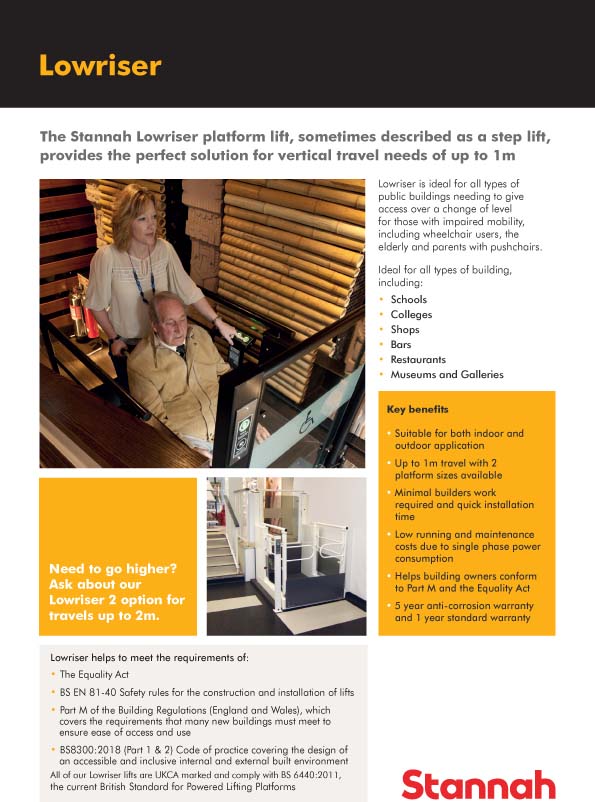
Councils are being urged to put their land where their mouth is and take more risk so that more homes can be built across the UK.
An increasing number of authorities are already forming partnerships with private developers.
But more radical steps will need to be taken and leading figures are calling for councils to put land into joint venture agreements in order to reduce up front financial outlay for developers.
While London has boomed off the back of foreign investment and rising prime property values, many areas across the country have not faired so well.
It is widely estimated that the UK needs roughly 300,000 to be built each year for the next decade, to address the 230,000 new households created annually and an existing two million short-fall.
But there are some positive signs of recovery with numerous councils partnering with the private sector right across the country
Wolverhampton - Earlier this year Wolverhampton City Council gave Kier Group a seven acre site in Ettingshall free of charge – the ‘price’ of which will be 104 new homes for the community, a quarter of which will be handed back to the council, who paid 2m for the deal.
Essex - Labour-led Thurrock Council has set up a wholly owned subsidiary special purpose company to kick-start house building, and is using ten of millions of pounds of borrowing from its general fund to build homes on council owned land.
Liverpool - In Liverpool, where 41,000 new homes are needed by 2028, Mayor Joe Anderson recently held the ‘Build our Future’ event to find a official Housing Delivery Partner from the private sector to help deliver 5,000 new homes by 2016. The city also recently initiated a sale of £1 houses, to bring dilapidations back into use.
Scotland - East Lothian Local Council struck a deal with Taylor Wimpey this year, where the council provides £2.6m up front in new classroom paces, in exchange for 120 of the 473 new homes being built.
Kent - Kier group are also working with Kent County Council, who brokered a groundbreaking land deal in February that brings together an innovative developer, the local council and international pension fund investment.
Manchester - Manchester City council has used its own pension fund to secure housing investment.
Leeds - Leeds City Council, where the waiting list for council homes is 27,000, has drafted a comprehensive plan for development, utilising many different methods: money from right to buy, freeing up brown field sites, converting derelict offices, or even buying sites themselves to get development moving.
Leeds - Leeds City Council just last week signed a first of its Kind PFI, where the private finance element is secured through a bond issue in the capital markets. The scheme, in conjunction with the Sustainable Communities for Leeds Consortium will build 388 news homes and refurbish over 1200 more.
East London - Barking and Dagenham was the first London borough last year to secure private financing for its social housing requirements, in an equal partnership development with Laing O’Rourke.
Hampshire - The Defence Infrastructure Organisation, a part of the Ministry of Defence, appointed Grainger plc as development partner for the surplus land at the Aldershot Army Garrison. The MoD will retain ownership of the site. On behalf of the DIO, Grainger has received outline planning consent for 3,850 new homes, two new primary schools, two new pre-schools and the refurbishment of six listed military heritage buildings to bring them back into use. This project will deliver significant regenerative benefits to the local area as well as deliver significant value back to the MoD, and therefore ultimately the taxpayer.
West London - The Royal Borough of Kensington & Chelsea appointed Grainger plc to develop two council-owned sites into new high quality residential homes. A large proportion of the new homes will be retained by the Council and Grainger will rent and manage the homes on behalf of the Council under a 125-year agreement, with the Council benefitting from a long-term, secure income stream.
Anthony Lee, Senior Director, Development and Residential Consulting, at BNP Paribas Real Estate, said: “The credit crunch continues to stifle activity outside of London, meaning finance for schemes is difficult to secure as banks look to rebuild balance sheets. But it is possible to work around that if councils are willing to take on more risk and give up short term gain for longer term benefit.”
Nick Jopling, executive director at Grainger, said: “Our own deal with the Royal Borough of Kensington and Chelsea means they will be able to deliver new homes in their local area as well as receive a secure rental income stream for 125 years through high quality rented homes, which Grainger will develop and manage on their behalf. With growing demand for rental accommodation in many places throughout the UK, this is a model that many councils could replicate. At a time when government subsidies are at an all-time low, leveraging property to support other council services makes perfect sense.”
Robert Lee, Head of the Real Estate group at international law firm DAC Beachcroft, said: "Old-style approaches to house-building will never on their own address the shortage in the UK and, since 2007, that has become even more obvious. Joint public and private initiatives have a key role to play for house-building in the future and in generating real, long-term value for councils.
“Britain needs more homes and developers need to reduce the risks of financing schemes if ministers truly want more homes. Since the downturn, it has become clear that traditional routes of building on their own are not going to address the housing crisis and these mutually beneficial schemes are going to help pick up the slack by delivering the homes councils need and mitigating the risk for developers."
Lucian Cook head of UK Residential Research at Savills says: “Central and local government have the ability to facilitate much greater levels of housebuilding through a more flexible approach to planning, the supply of surplus land and policies that support the development of build to rent model. Help to Buy may be grabbing the headlines but this can only be one part of a more holistic approach to meeting the country’s housing shortfall.”
Mark Collins, chairman of residential at CBRE, said: “Partnerships between local councils and private industry have been cited as one of the best ways to kick-start construction – which is incredibly important to local economies – with every £1 spend on construction bring an extra £2.84 of demand to the wider economy.”
Last year just 115,000 new homes were built in England and Wales, according to government figures.
Savills, the research partner for RESI 13, estimates that even with Help to Buy potentially boosting new home sales by 30% - house building will struggle to exceed 155,000 units.
BNP Paribas Real Estate estimates housing targets have fallen to 170,000 homes per year – around 7% below regional spatial strategy (RSS) targets, which equated to around 185,000 per year.




















